Home>Interior Design>How Can I Make My Small Entryway Look Bigger? 7 Helpful Tips
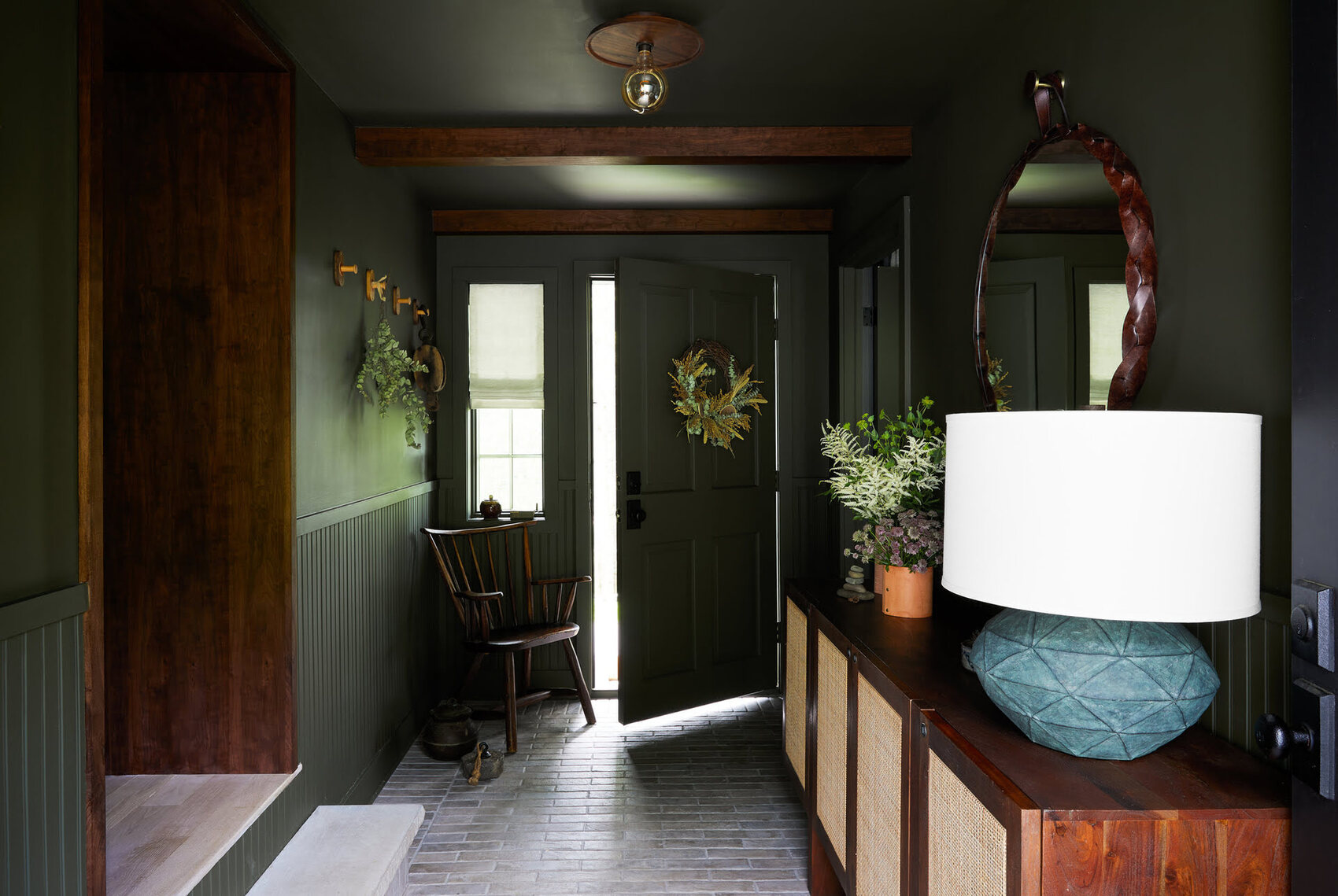

Interior Design
How Can I Make My Small Entryway Look Bigger? 7 Helpful Tips
Modified: January 6, 2024
Discover 7 helpful interior design tips to make your small entryway look bigger. Transform your space with these expert suggestions for maximizing functionality and enhancing visual appeal.
(Many of the links in this article redirect to a specific reviewed product. Your purchase of these products through affiliate links helps to generate commission for Storables.com, at no extra cost. Learn more)
Introduction
Welcome to your small entryway – the first impression your guests have of your home. But what happens when your entryway feels cramped and claustrophobic? Don’t worry, because in this article, we will share 7 helpful tips to make your small entryway look bigger and more inviting.
Often, small entryways can leave us feeling overwhelmed and limited in terms of design options. However, with the right strategies and a touch of creativity, you can transform your entryway into a space that appears larger and more open. So let’s dive in!
Key Takeaways:
- Make your small entryway look bigger by using light colors, optimizing lighting, and strategically placing mirrors. Declutter, choose functional furniture, and utilize vertical space to maximize the area’s potential.
- Create a focal point in your small entryway with eye-catching artwork, decorative mirrors, or unique architectural features. Implement these tips to transform your entryway into a stylish and welcoming space.
Use light colors
The first tip to make your small entryway look bigger is to use light colors. Light colors have the ability to reflect more light, creating an illusion of spaciousness. Opt for light, neutral shades such as white, beige, or pastel tones for your walls, ceiling, and flooring.
Light-colored walls can make a significant difference in making your entryway feel more open and airy. They bounce light around the room, giving the impression of a larger space. Consider using wallpaper with a subtle, light pattern to add texture and depth without overpowering the area.
In addition to the walls, pay attention to the color of your furniture and accessories. Choose light-colored furniture such as white or light wood tones to blend seamlessly with the overall color scheme. Avoid dark or bold colors that can make the space feel cramped.
When it comes to flooring, opt for light-colored materials such as light wood, white tiles, or pale-colored carpets. Light flooring helps to reflect natural and artificial light, enhancing the sense of space in your entryway.
Remember, using light colors doesn’t mean you have to sacrifice style. You can incorporate pops of color through artwork, cushions, or rugs to add personality to the space without overwhelming it. The key is to maintain a light and cohesive color palette that creates an open and inviting atmosphere.
Optimize lighting
Good lighting is essential in any space, but it plays an even more crucial role in making a small entryway look bigger. Proper lighting can create the illusion of depth and make the area feel more spacious and welcoming.
Start by maximizing natural light. Keep your windows clean and free from heavy curtains or blinds that can obstruct the light. Instead, opt for sheer or light-colored curtains that allow natural light to flood the space. If privacy is a concern, consider using frosted window film or blinds that can be easily adjusted to let in sunlight while maintaining privacy.
Additionally, strategically place mirrors to reflect light and give the illusion of a larger space. Hang a mirror directly opposite a window to bounce natural light around the entryway. You can also incorporate mirrored furniture or accessories to further enhance the lighting and create a sense of openness.
To supplement natural light, ensure you have ample artificial lighting as well. Use a combination of overhead lighting, such as a small chandelier or a flush-mounted fixture, and task lighting such as wall sconces or table lamps. Place lighting fixtures strategically to eliminate dark corners and illuminate the entire space.
Consider using LED lights that provide bright, energy-efficient lighting without generating excess heat. Avoid using harsh or overly bright lighting, as it can create a stark and uninviting atmosphere. Instead, aim for warm and soft lighting that creates a cozy and welcoming ambiance.
Incorporating well-designed lighting not only makes your small entryway look bigger but also adds a touch of elegance and style to the space. Experiment with different lighting options to find the perfect balance that showcases your entryway in the best possible light.
Utilize mirrors
Mirrors are an excellent tool for creating the illusion of space and adding depth to a small entryway. By strategically placing mirrors, you can bounce light around the area and make it appear larger and more open.
One effective technique is to hang a large mirror on one of the walls. A floor-to-ceiling mirror can instantly make your entryway feel more expansive and elongated. Position the mirror where it can reflect natural light from a window or nearby light source to create a brighter and airier atmosphere.
If you have a narrow entryway, consider using a horizontally-oriented mirror to visually widen the space. This trick can make the area feel less cramped and more inviting to guests.
In addition to a central mirror, you can also incorporate smaller mirrors strategically throughout the entryway. Place them on opposite walls to create a sense of depth and make the space feel more open. Mirrors can also be used to highlight certain areas or architectural features, drawing attention away from the size limitations of the entryway.
Another creative way to utilize mirrors is to opt for furniture with mirrored surfaces. A console table with a mirrored top or a mirrored sideboard can not only provide functional storage but also reflect light and create the illusion of a more spacious entryway.
Remember, when using mirrors, be mindful of what they reflect. Consider positioning them in a way that showcases an attractive feature, such as artwork or flowers, or frames a pleasant view from a nearby window.
Using mirrors in your small entryway can significantly impact its visual perception. Experiment with different sizes, shapes, and placements to find the mirror(s) that enhance the space and add a touch of elegance to your entryway.
Declutter and maximize storage
A cluttered entryway can make even the largest space feel cramped and chaotic. To make your small entryway look bigger, it is crucial to declutter and maximize storage solutions.
Start by eliminating unnecessary items from your entryway. Keep only the essentials, such as a coat rack or hooks for jackets, a shoe rack or basket for footwear, and a small table or shelf for keys and mail. Remove any decorative pieces or furniture that take up valuable space without serving a functional purpose.
Invest in smart storage solutions that are designed specifically for small entryways. Look for furniture and accessories that offer hidden storage compartments, such as ottomans with built-in storage or wall-mounted shelves with hooks or cubbies. Utilize vertical space by installing floating shelves or tall cabinets that provide ample storage without occupying precious floor space.
Consider using multifunctional furniture to optimize your entryway. A bench with built-in storage can serve as a seating area while also providing a place to store shoes or other items. A console table with drawers can offer storage for small accessories, such as keys or gloves.
Utilize organizers, baskets, and bins to keep items neatly arranged and easily accessible. Labeling containers can further enhance organization and streamline the entryway experience for you and your guests.
Remember, a clutter-free entryway not only looks bigger but also creates a sense of calm and organization. Regularly review and declutter the area to maintain its spaciousness and functionality.
Use light, neutral colors to create a sense of openness. Add a large mirror to reflect light and create the illusion of more space. Keep the area clutter-free and use multi-functional furniture for storage.
Read more: How Can I Make My Small Room Look Expensive?
Choose functional furniture
When working with a small entryway, it’s important to choose furniture that is not only visually appealing but also serves a practical purpose. By selecting functional furniture pieces, you can maximize the limited space and create a more open and efficient entryway.
Opt for furniture that is appropriately scaled for your entryway. Avoid bulky or oversized pieces that can overpower the space and make it feel cramped. Instead, choose sleek and streamlined furniture that fits comfortably within the dimensions of your entryway.
Consider investing in furniture with built-in storage solutions. A shoe bench or cabinet with compartments can help keep footwear neatly organized and out of sight. A console table with drawers or shelves can provide storage for keys, mail, or other small accessories. Look for furniture that offers hidden storage without compromising on style.
If seating is a priority, opt for a small bench or ottoman that can double as a storage unit. This allows you to have a place to sit while putting on or taking off shoes, while also utilizing the space underneath for storage.
Think about utilizing wall space for furniture as well. Install a wall-mounted coat rack or hooks for jackets and bags, saving valuable floor space. A wall-mounted drop-leaf table can be folded away when not in use and provides a practical surface for holding keys or other essentials.
In addition to functionality, consider the visual impact of your furniture choices. Look for pieces with clean lines and a minimalist design aesthetic to create a sense of openness. Choose furniture in light colors or materials that can blend seamlessly with the rest of the entryway decor.
Lastly, be mindful of the traffic flow within your entryway. Arrange furniture in a way that allows for easy movement and avoids any unnecessary obstructions. This will give the illusion of a larger, more open space.
By selecting furniture that is both functional and visually appealing, you can optimize your small entryway and create a stylish yet efficient space.
Use vertical space
When dealing with a small entryway, it’s crucial to maximize every inch of available space, including the vertical area. Utilizing vertical space can help create the illusion of a larger entryway and provide additional storage options.
One way to make use of vertical space is by installing wall-mounted shelves or cabinets. These can serve as storage for shoes, bags, or other items without occupying valuable floor space. Choose slim and streamlined shelving units that blend seamlessly with the overall design of your entryway.
Consider using hooks or wall-mounted racks to hang coats, hats, scarves, or bags. This not only helps to keep your entryway organized but also allows you to take advantage of vertical space that would otherwise go unused. Opt for hooks that can be easily installed and removed without causing damage to your walls.
If you have high ceilings in your entryway, take advantage of the vertical space by installing tall storage units or cabinets. These can provide ample storage for items such as umbrellas, seasonal accessories, or extra shoes. Remember to keep the items you use less frequently on the higher shelves to make the most of the vertical space.
Another way to utilize vertical space is by incorporating vertical artwork or wall decor. Hang a tall, narrow mirror or a vertical piece of artwork to draw the eye upward and create the illusion of height. This helps to visually expand the space and make the entryway feel larger and more open.
Don’t forget to consider the ceiling as well. Install a pendant light or chandelier that hangs down from the ceiling, adding an element of style and drawing attention upward. This helps to create a sense of verticality and adds visual interest to the entryway.
By thinking vertically, you can make the most of your small entryway and transform it into a functional and visually appealing space.
Create a focal point
Creating a focal point in your small entryway can draw attention away from its size limitations and add visual interest to the space. A well-designed focal point can make the area feel more dynamic and inviting.
One effective way to create a focal point is by using an eye-catching piece of artwork or a decorative mirror. Hang a large statement piece on one of the walls to immediately captivate attention when entering the space. This draws the eye away from the size of the entryway and gives it a focal point to anchor the design around.
If you have a small entryway table, consider placing a centerpiece or an arrangement of flowers or greenery on it. This not only adds a pop of color but also creates a focal point that captures the attention of anyone walking into the entryway.
Another option is to create a gallery wall by displaying a collection of smaller artwork or photographs. This can add personality and character to the space while also serving as a focal point that distracts from the size limitations of the entryway.
If you have a unique architectural feature in your entryway, such as an exposed brick wall or a decorative niche, highlight it to create a focal point. Use lighting or strategically placed decor to draw attention to these features and make them stand out.
Remember, a well-designed focal point does not have to be large or extravagant. It can be as simple as a stylish pendant light hanging in the center of the entryway or a statement piece of furniture positioned strategically to catch the eye.
By creating a focal point, you shift the focus away from the size of your entryway and instead highlight a visually appealing element that captures attention and adds depth to the space.
Conclusion
Transforming your small entryway into a space that appears bigger and more inviting is achievable with the right design strategies. By implementing the tips outlined in this article, you can maximize the potential of your entryway and create a welcoming environment for you and your guests.
Using light colors on the walls, ceiling, and flooring can create a sense of spaciousness and openness. Optimizing the lighting, both natural and artificial, can enhance the brightness of the space and make it feel more airy.
Utilizing mirrors strategically can reflect light and create the illusion of a larger entryway. Decluttering and maximizing storage solutions can help keep the area organized and free of unnecessary items.
Choosing functional furniture that serves a purpose while maintaining a sleek and streamlined design can make the most of the limited space. Utilizing vertical space through wall-mounted shelving, hooks, or tall storage units can provide additional storage and draw the eye upward.
Lastly, creating a focal point in your entryway will distract from its size limitations and add visual interest. Whether it’s a statement piece of artwork, a decorative mirror, or a unique architectural feature, a focal point will make the space feel dynamic and captivating.
Remember, the key is to strike a balance between functionality and aesthetics. With a little creativity and thoughtful planning, your small entryway can become a stylish and welcoming introduction to your home.
So don’t let the size of your entryway hold you back. Implement these tips and watch as your small space is transformed into a grand and inviting entryway that leaves a lasting impression.
Frequently Asked Questions about How Can I Make My Small Entryway Look Bigger? 7 Helpful Tips
Was this page helpful?
At Storables.com, we guarantee accurate and reliable information. Our content, validated by Expert Board Contributors, is crafted following stringent Editorial Policies. We're committed to providing you with well-researched, expert-backed insights for all your informational needs.
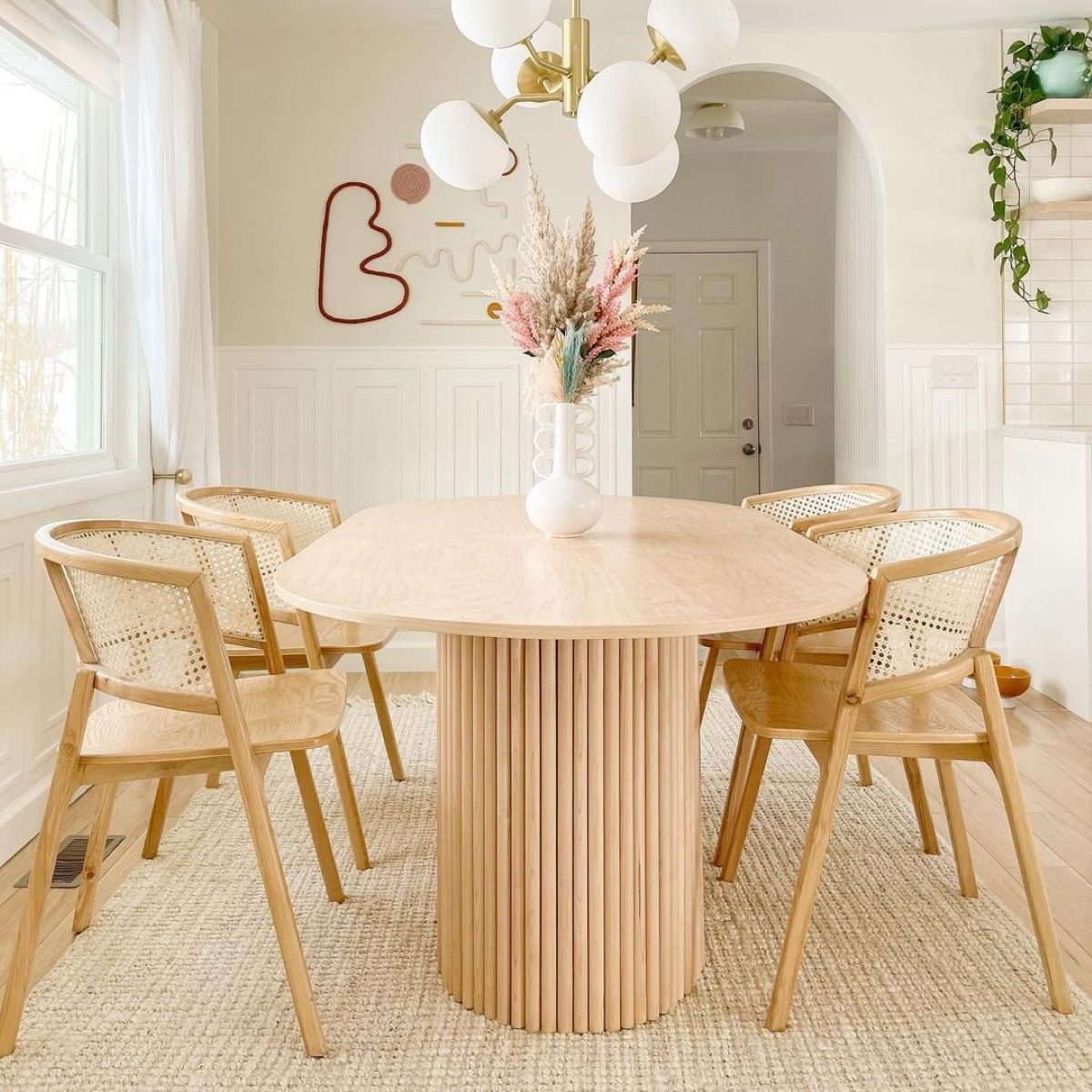
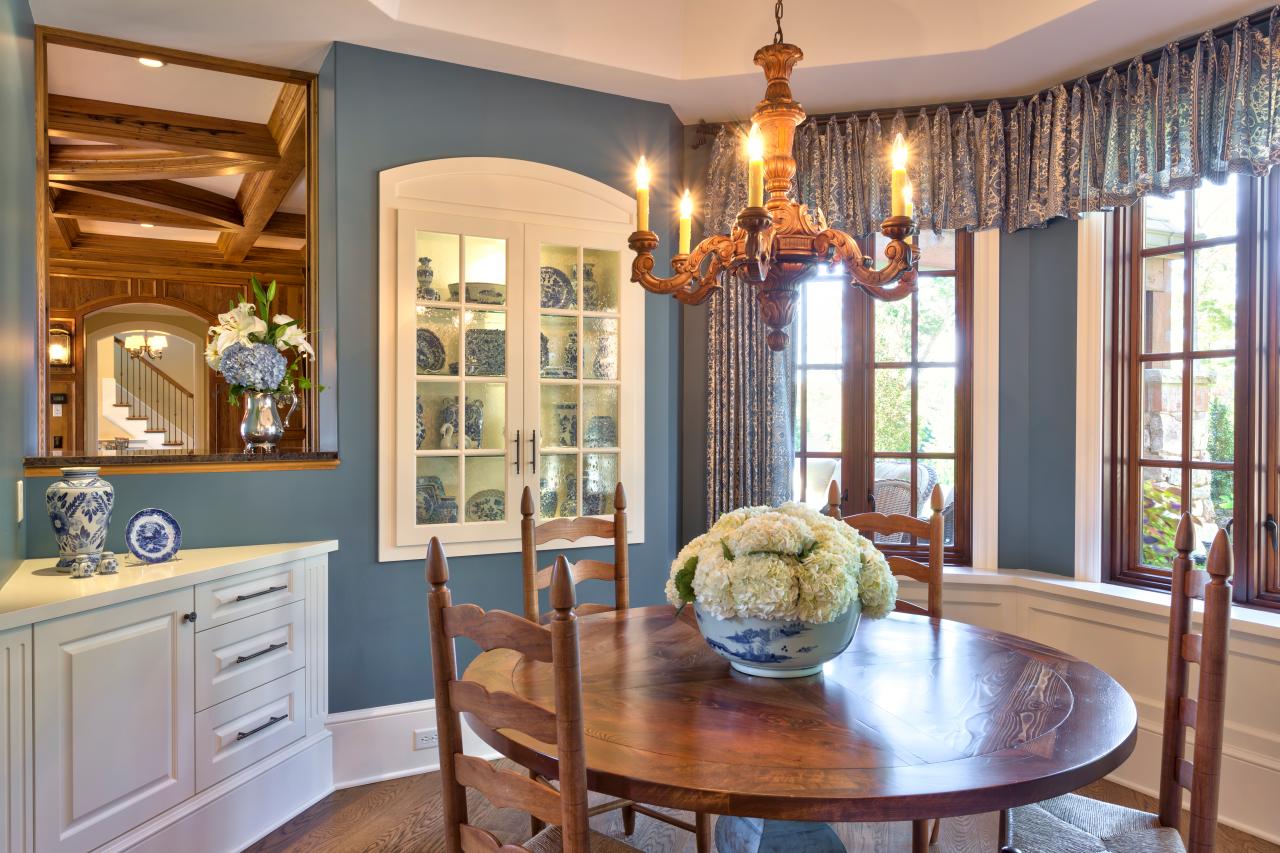
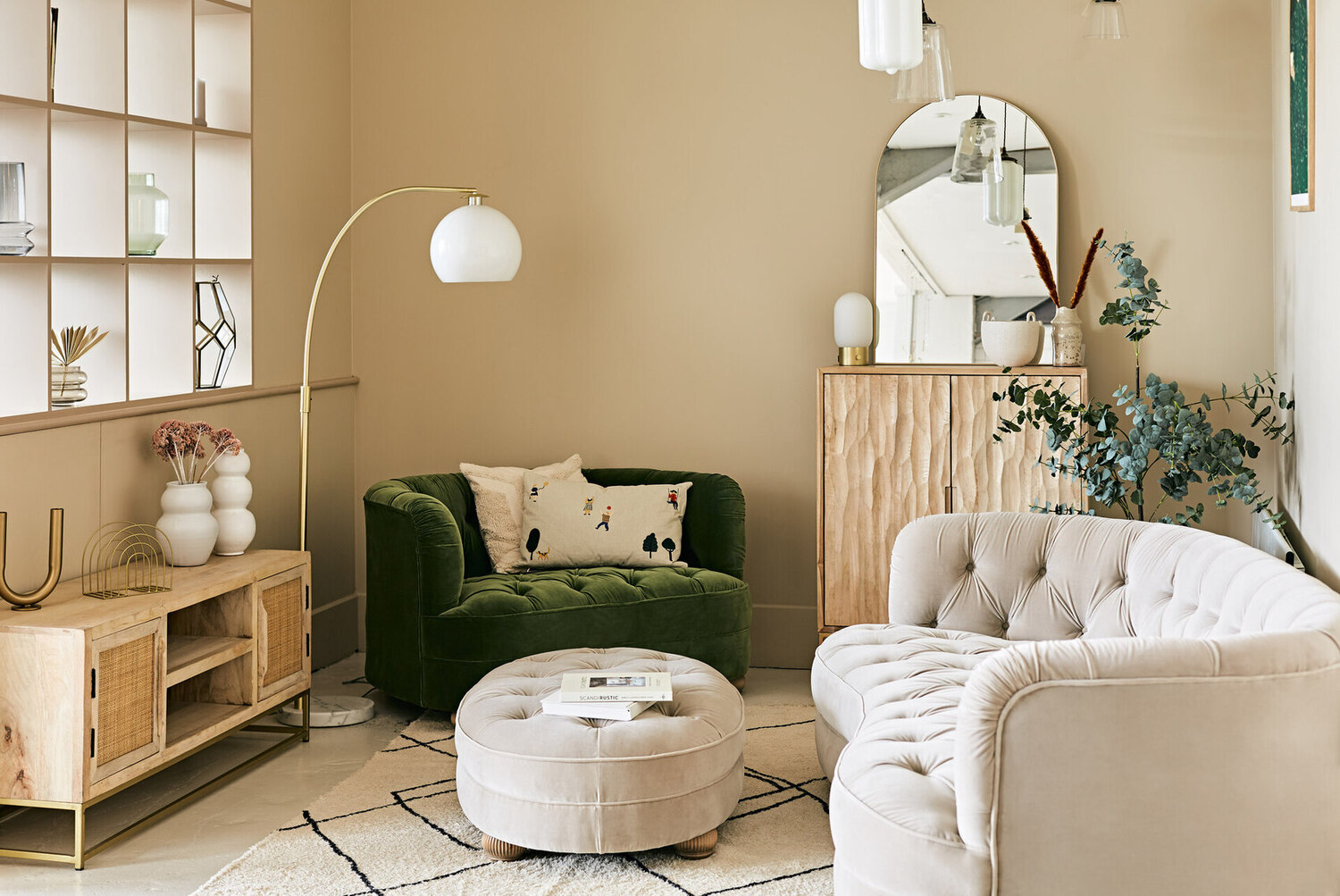
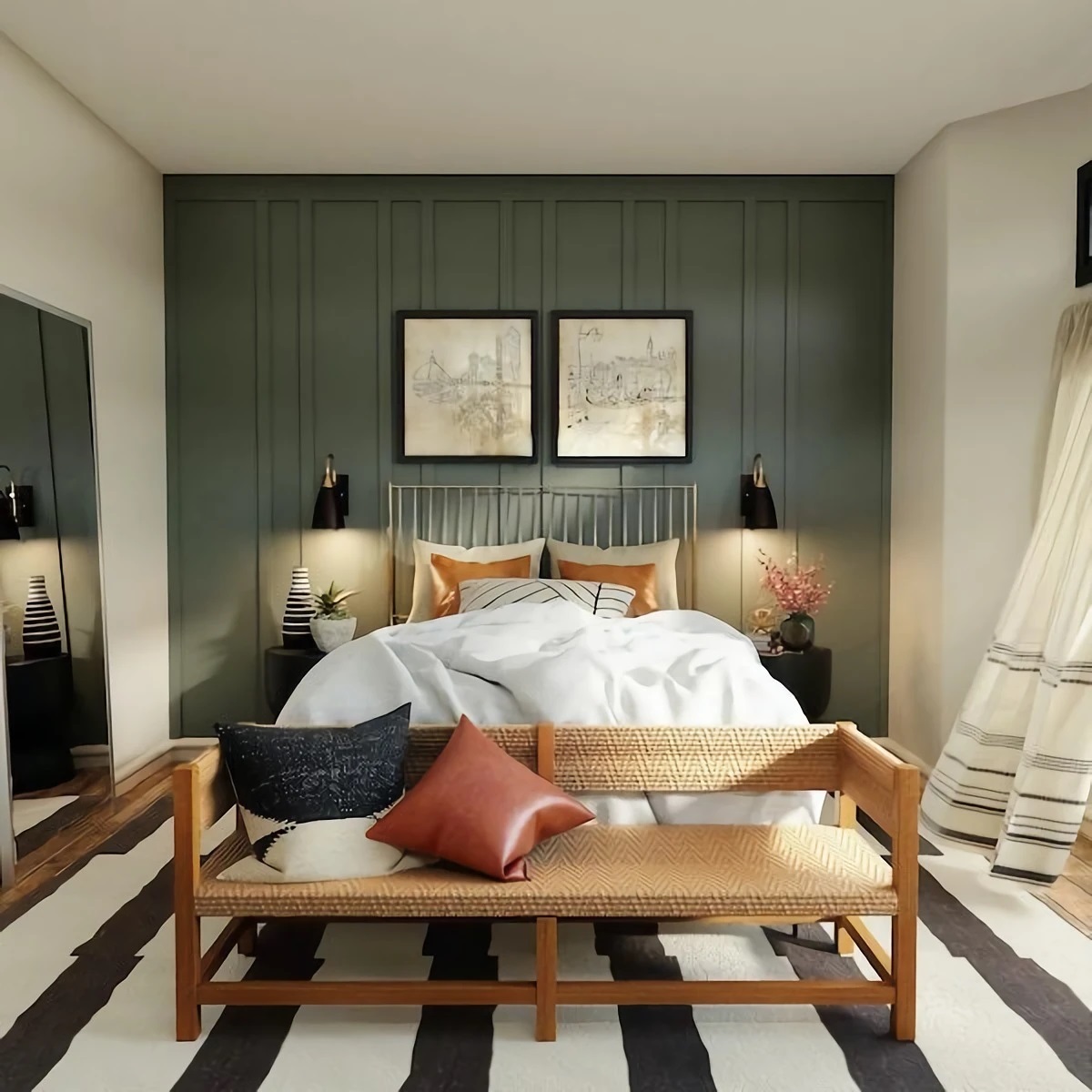
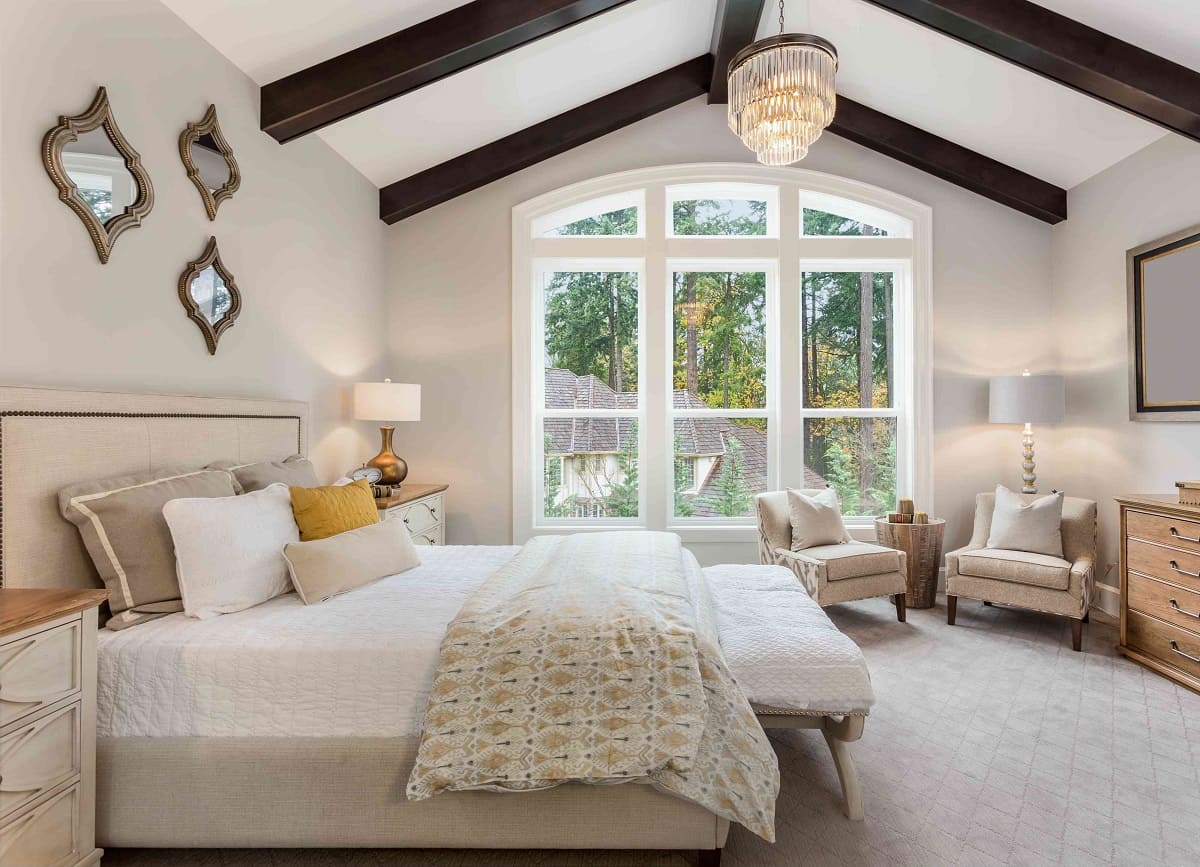
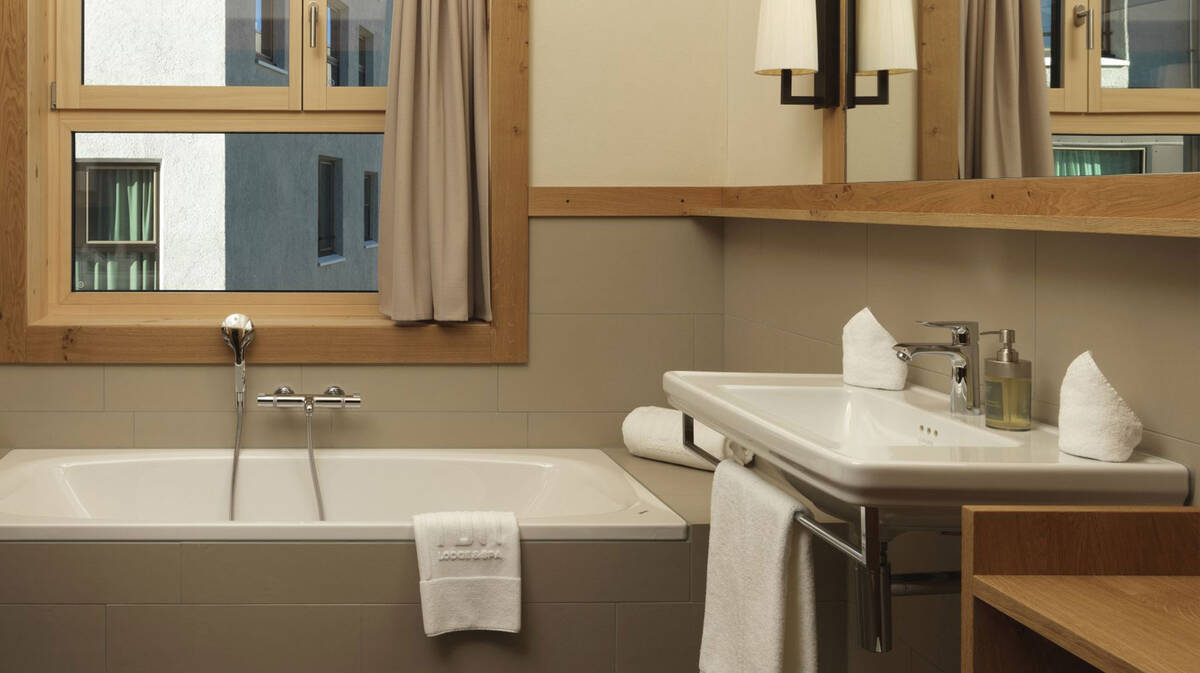
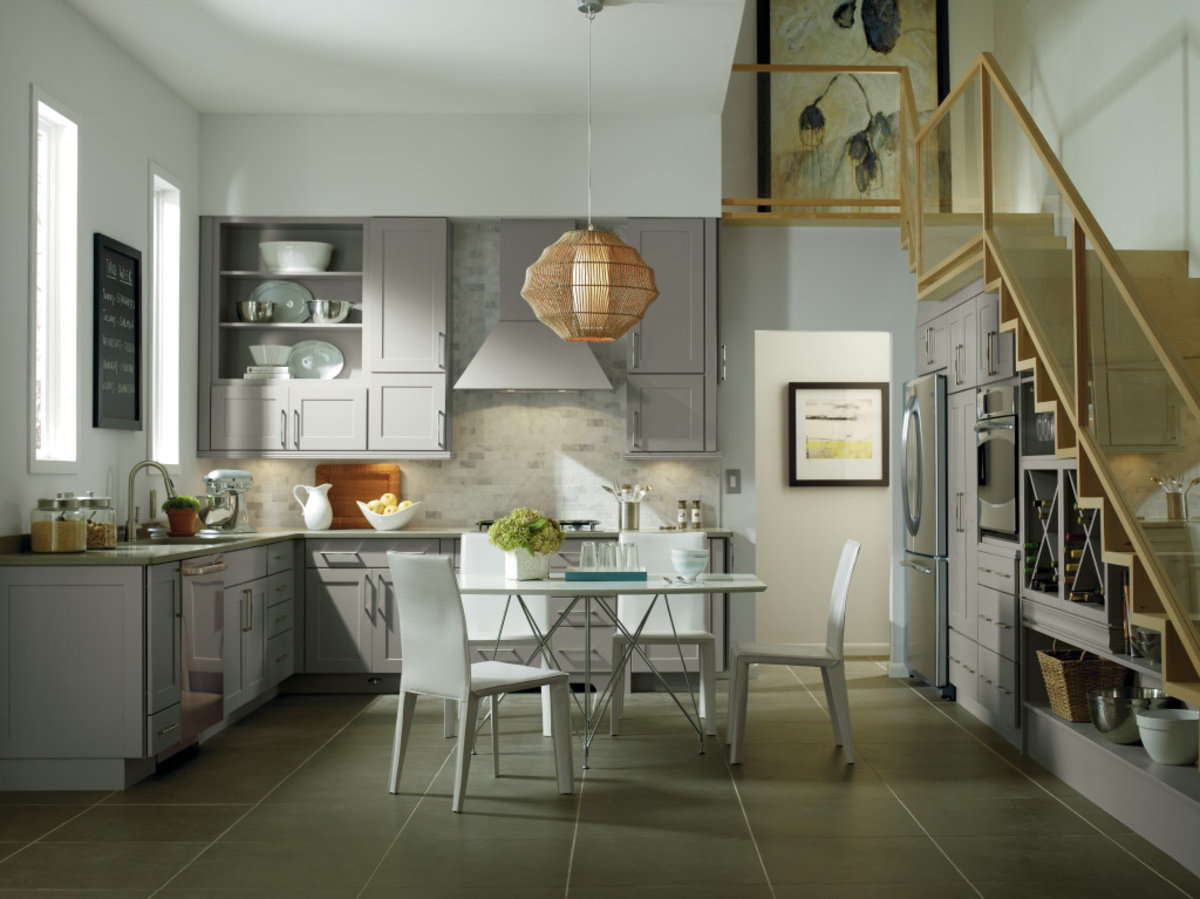
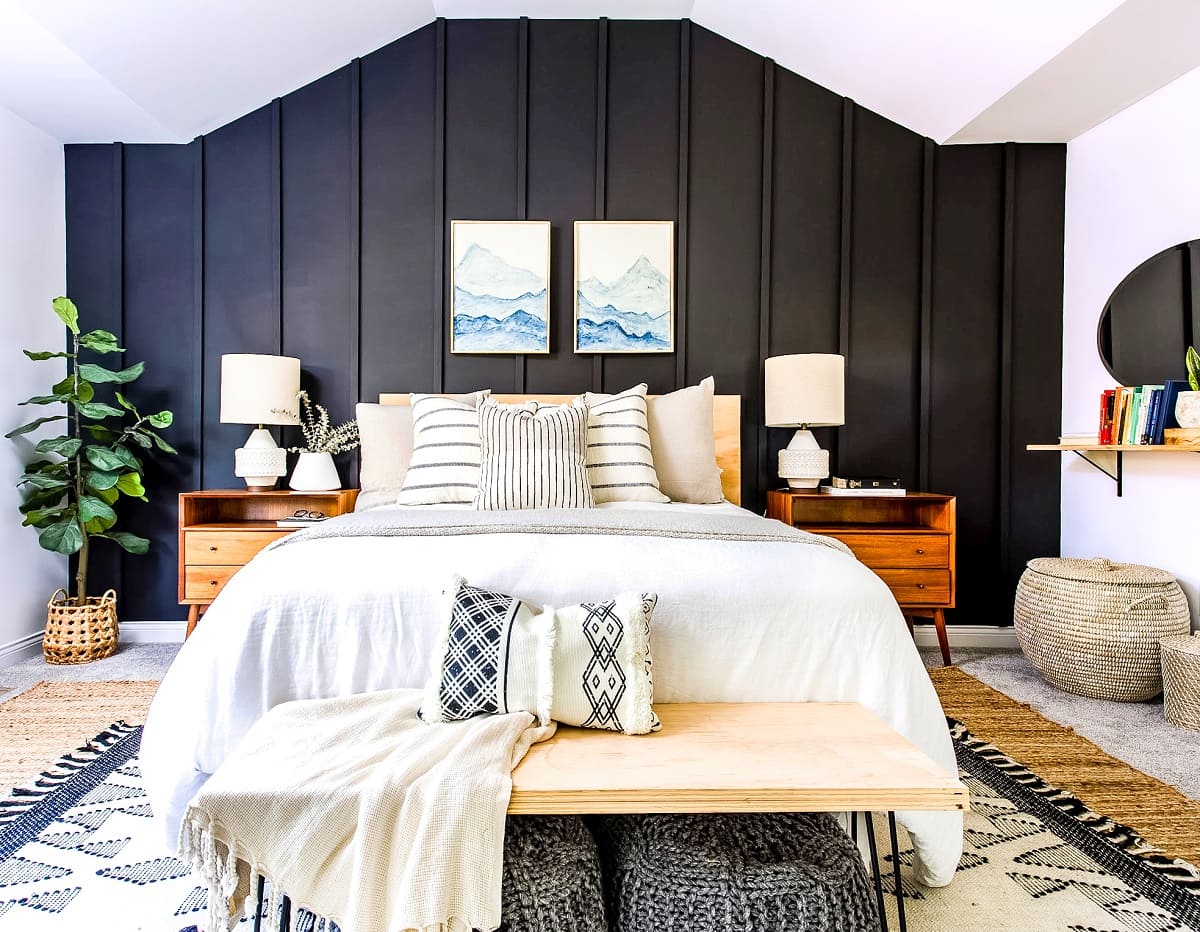
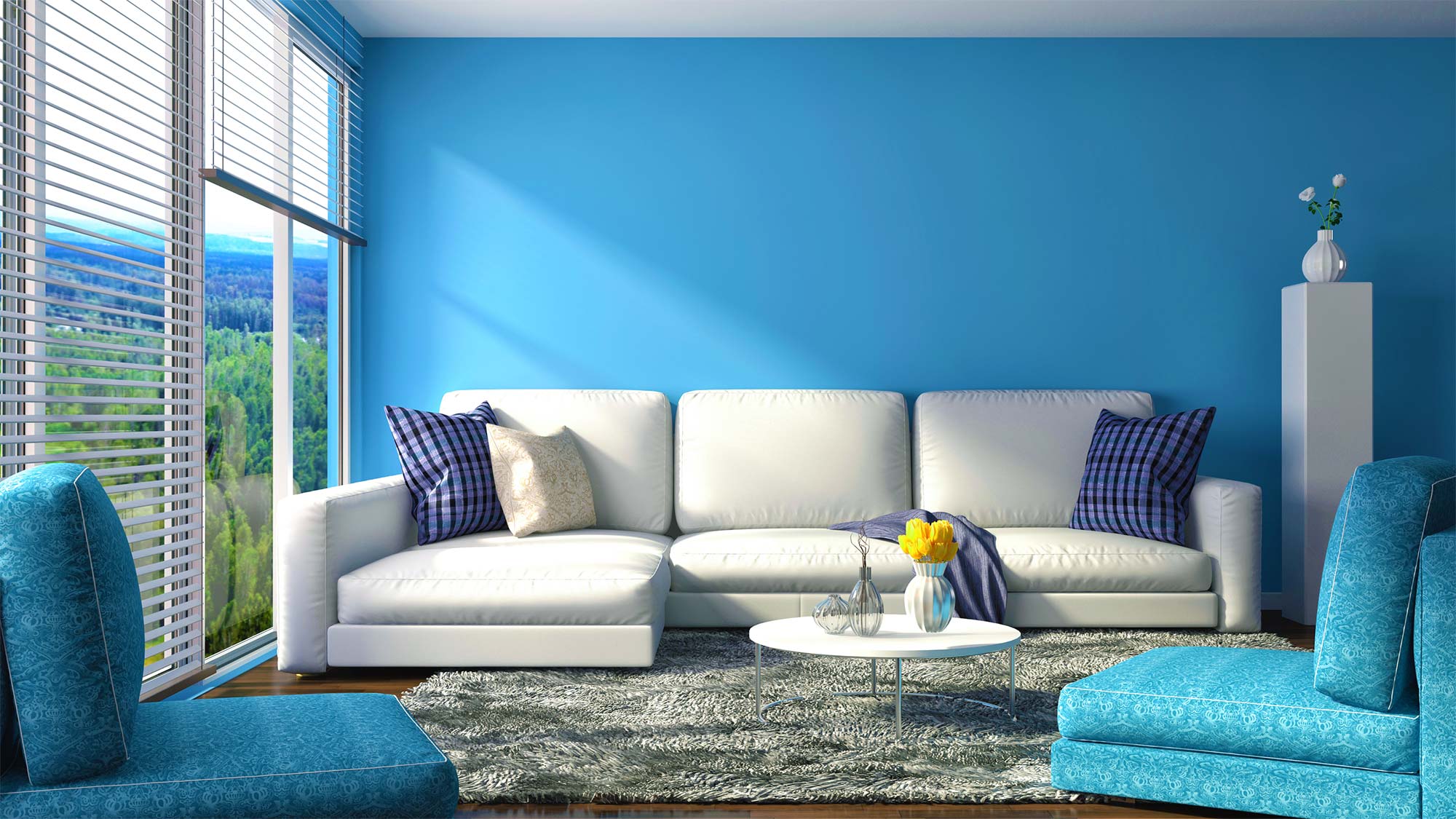
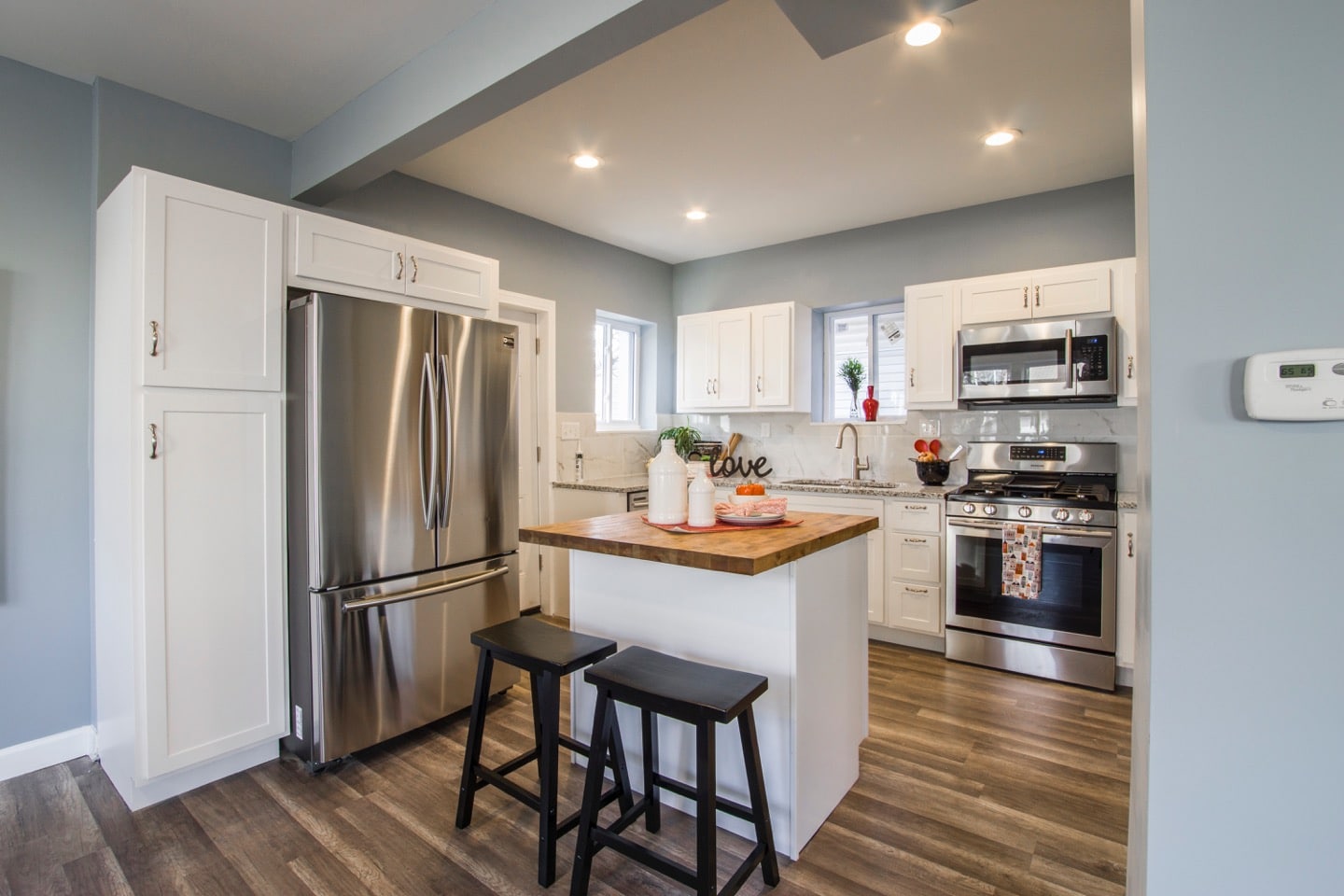
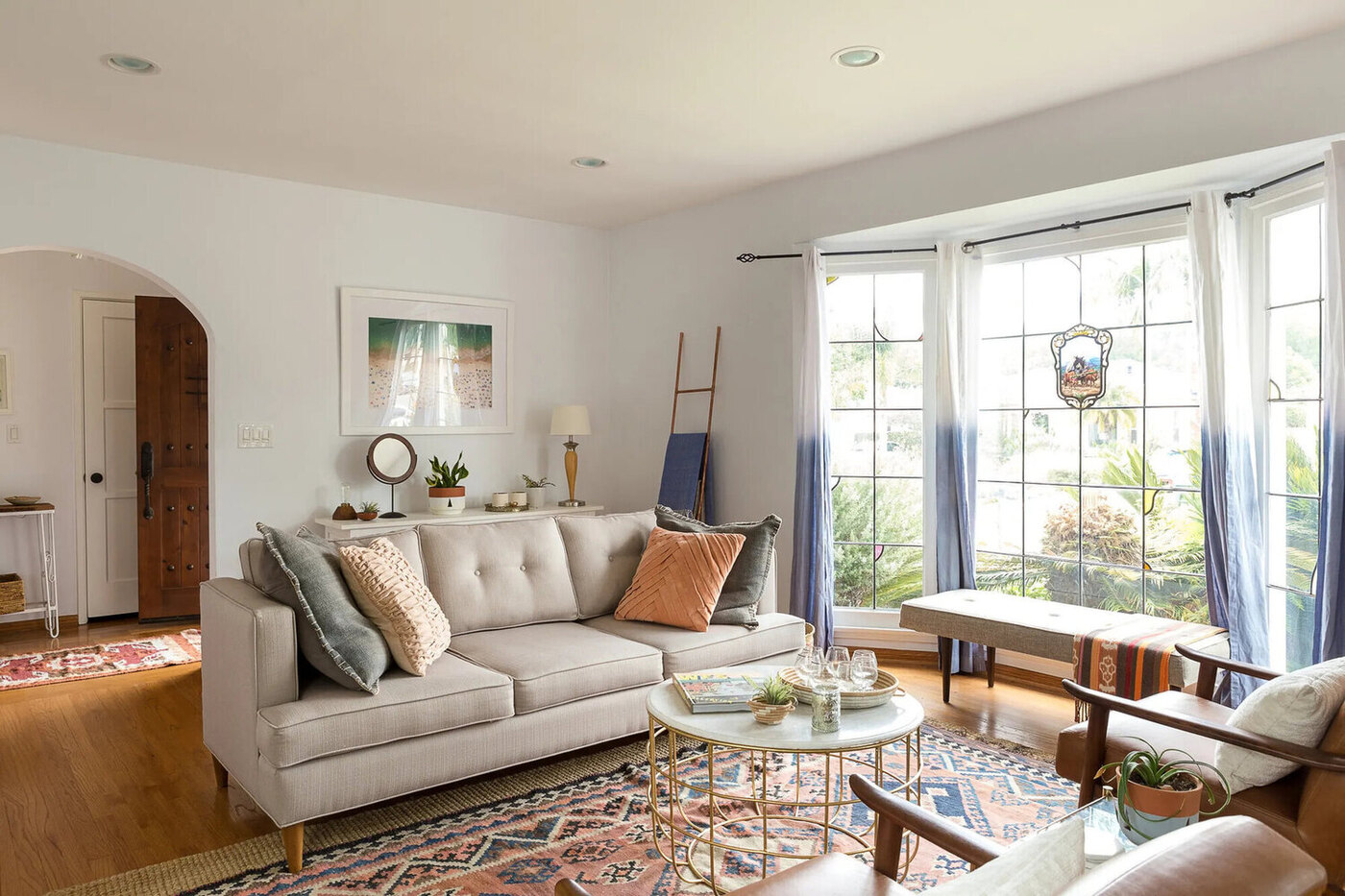
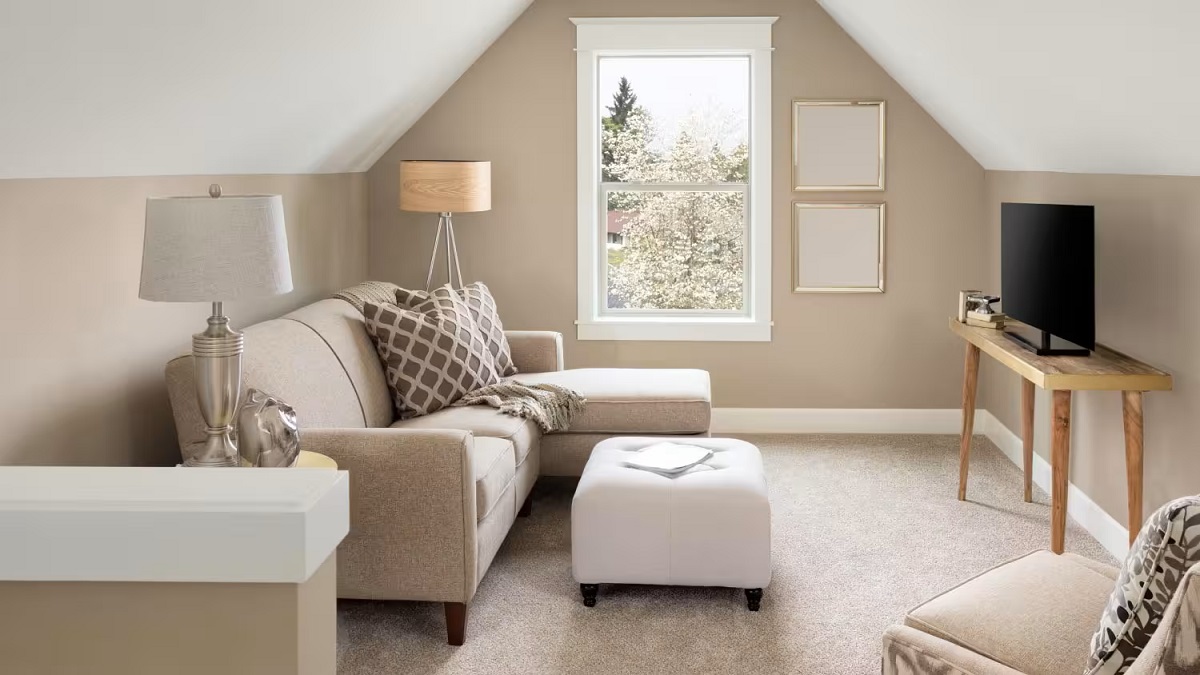
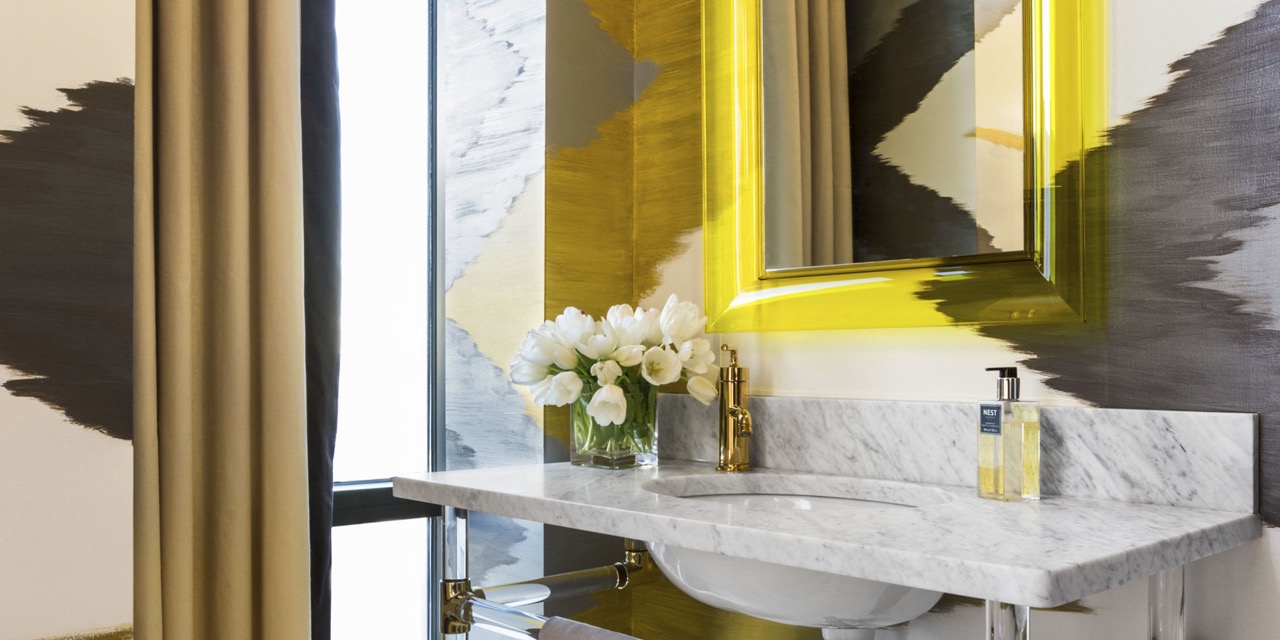
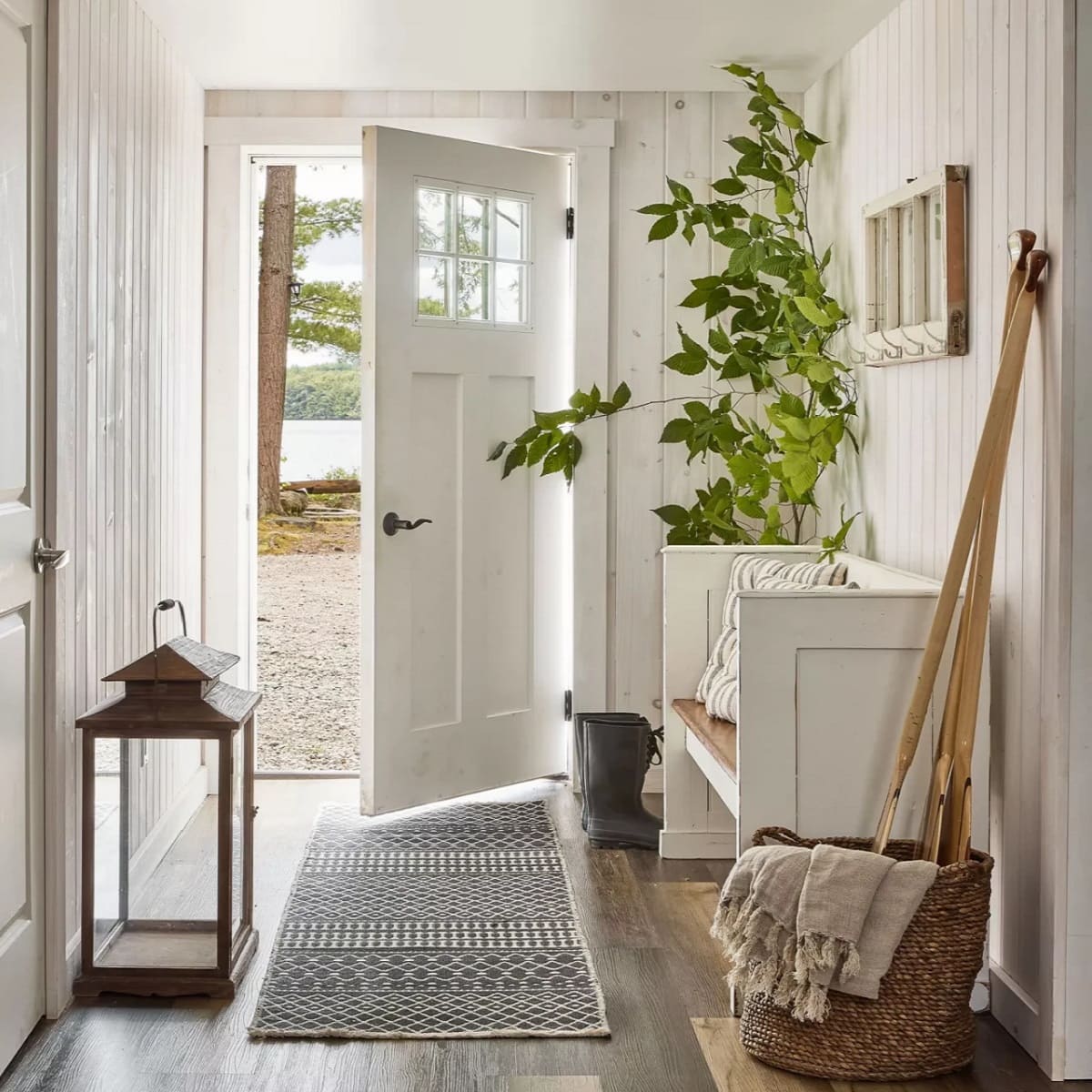

0 thoughts on “How Can I Make My Small Entryway Look Bigger? 7 Helpful Tips”